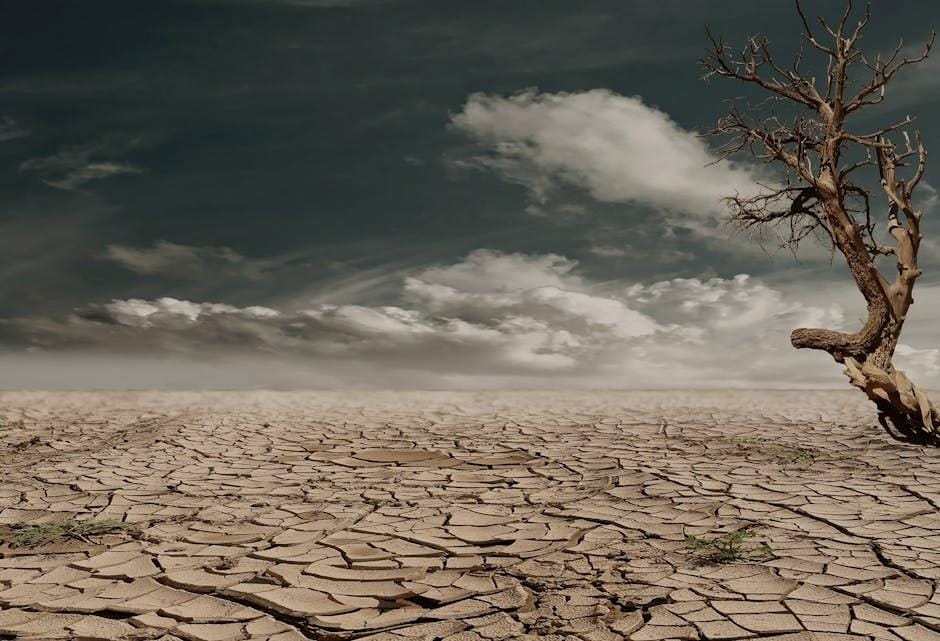Are there any success stories of wildlife conservation in the face of climate change?
The Impact of Climate Change on Wildlife: Threats and Conservation Efforts
Climate change is one of the most pressing environmental issues of our time. It poses significant threats to wildlife across the globe. As temperatures rise, weather patterns shift, and habitats are altered, the biodiversity of our planet is facing unprecedented challenges. In this article, we will explore the impact of climate change on wildlife, the threats they face, and the ongoing conservation efforts to protect our natural heritage.
Understanding the Impact of Climate Change on Wildlife
Climate change affects wildlife in numerous ways, ranging from habitat destruction to shifts in food availability. Here are some key impacts:
- Habitat Loss: Rising temperatures and changing precipitation patterns lead to habitat degradation, making it difficult for species to survive in their traditional environments.
- Altered Food Sources: Changes in the blooming times of plants and the migration patterns of prey can disrupt the food chains, leading to food scarcity for certain species.
- Phenological Shifts: Many species are altering their breeding, migration, and hibernation patterns in response to climatic changes, which can cause misalignments with ecosystem processes.
- Increased Extreme Weather Events: More frequent and severe weather events such as storms, droughts, and heatwaves can result in direct harm to wildlife and their habitats.
Case Studies: Real-World Examples of Climate Change Impact on Wildlife
Let’s take a look at some specific cases where climate change has had a tangible impact on wildlife:
| Species | Impact | Region |
|---|---|---|
| Polar Bear | Reduced sea ice affects hunting grounds, leading to food scarcity. | Arctic |
| Coral Reefs | Coral bleaching due to rising sea temperatures. | Tropical Oceans |
| Monarch Butterfly | Change in migration patterns and breeding timing. | North America |
Threats Posed by Climate Change to Wildlife
There are numerous threats that climate change poses to wildlife, some of which include:
1. Habitat Destruction
The rise in global temperatures is causing substantial changes to ecosystems. Forests, wetlands, and coastal regions are among the most affected habitats, leading to a loss of biodiversity as species struggle to adapt or migrate.
2. Invasive Species
As the climate gets warmer, it can enable invasive species to thrive in new areas, outcompeting native wildlife and leading to imbalances in the ecosystem.
3. Ocean Acidification
The increase in carbon dioxide not only warms the climate but also leads to ocean acidification, which is harmful to marine life such as shellfish and coral reefs.
Conservation Efforts to Combat Climate Change Effects
Conservationists and scientists globally are working hard to understand and mitigate the effects of climate change on wildlife. Here are some methods being employed:
1. Protected Areas
Establishing and expanding protected areas helps provide wildlife with sanctuaries where they can thrive without human interference. These areas serve as refuges and help conserve biodiversity.
2. Wildlife Corridors
Creating corridors that connect fragmented habitats allows animals to migrate in response to climate shifts, ensuring genetic diversity and reducing the risk of extinction.
3. Conservation Breeding
Conservation breeding programs aim to breed endangered species in captivity and later reintroduce them to the wild to rebuild population levels.
4. Climate Research and Monitoring
Continual research and monitoring of climate change impacts allow for better understanding and timely action. Technologies like satellite tracking and environmental DNA (eDNA) are increasingly used.
Practical Tips for Supporting Wildlife Conservation
There are several ways individuals can contribute to wildlife conservation:
- Reduce Carbon Footprint: Lowering energy consumption, using renewable energy sources, and minimizing waste can significantly reduce your carbon footprint.
- Support Conservation Organizations: Donations and volunteering for wildlife conservation organizations can help fund vital projects and initiatives.
- Promote Sustainable Practices: Advocate for and practice sustainable agriculture, fishing, and forestry to lessen human impact on wildlife habitats.
- Educate and Raise Awareness: Inform others about the importance of wildlife conservation and the threats posed by climate change.
Conclusion
The impact of climate change on wildlife is undeniable and multifaceted, posing serious threats to the delicate balance of our ecosystems. However, through concerted conservation efforts and individual actions, there is hope for mitigating these impacts and preserving biodiversity. Understanding the challenges and actively participating in conservation can help ensure a healthier, more sustainable planet for future generations.
